
Hydroquinone
Hydroquinone works by limiting the skin's production of melanin (the pigment within skin) and is used to lighten hyperpigmentation. When used as directed, hydroquinone is effective and safe. Overuse especially...
Read more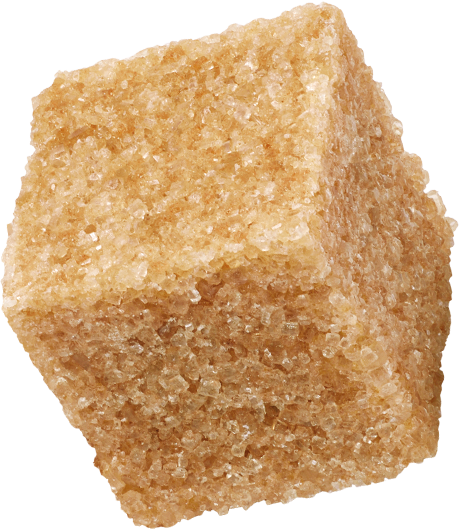
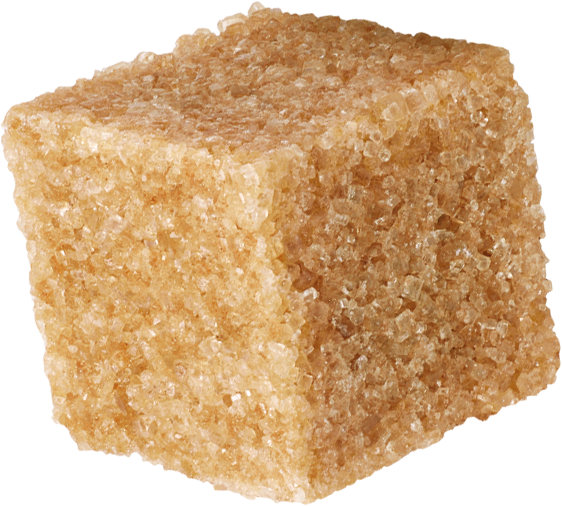

Hydroquinone works by limiting the skin's production of melanin (the pigment within skin) and is used to lighten hyperpigmentation. When used as directed, hydroquinone is effective and safe. Overuse especially...
Read more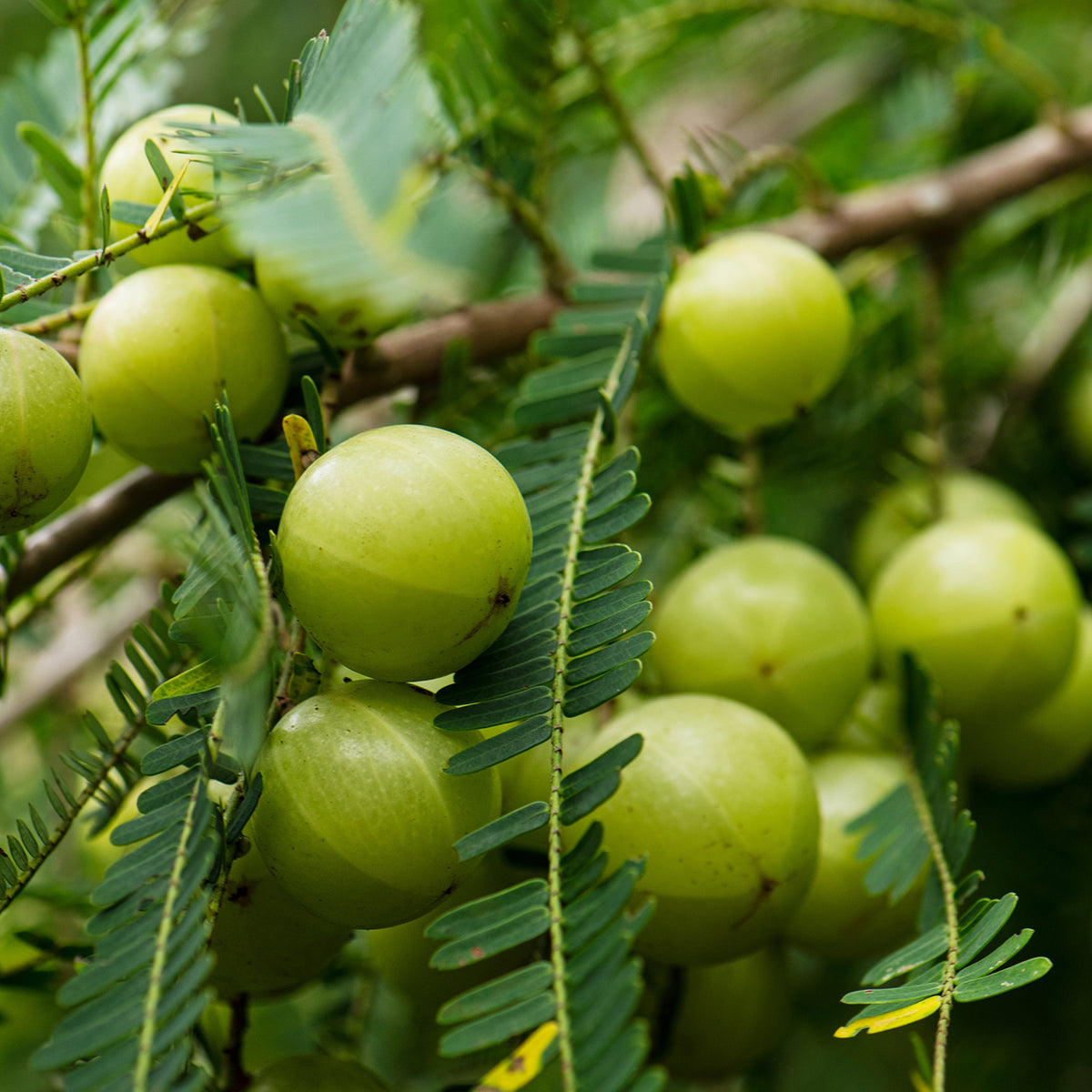
Indian gooseberry seed (Phyllanthus emblica) is an antioxidant-rich extract found in skincare. Its high content of vitamin C means it is effective at protecting the skin from environmental damage and...
Read more
Inositol is a naturally occurring molecule within the body that assists with the formation of skin cells, as well as balancing water in the skin and supporting the function of...
Read more
Sourced from chicory root (and agave). Inulin is a potent prebiotic (essentially a food for probiotics, or “good bacteria”) that helps to restore the delicate skin microbiome, maintaining our first...
Read more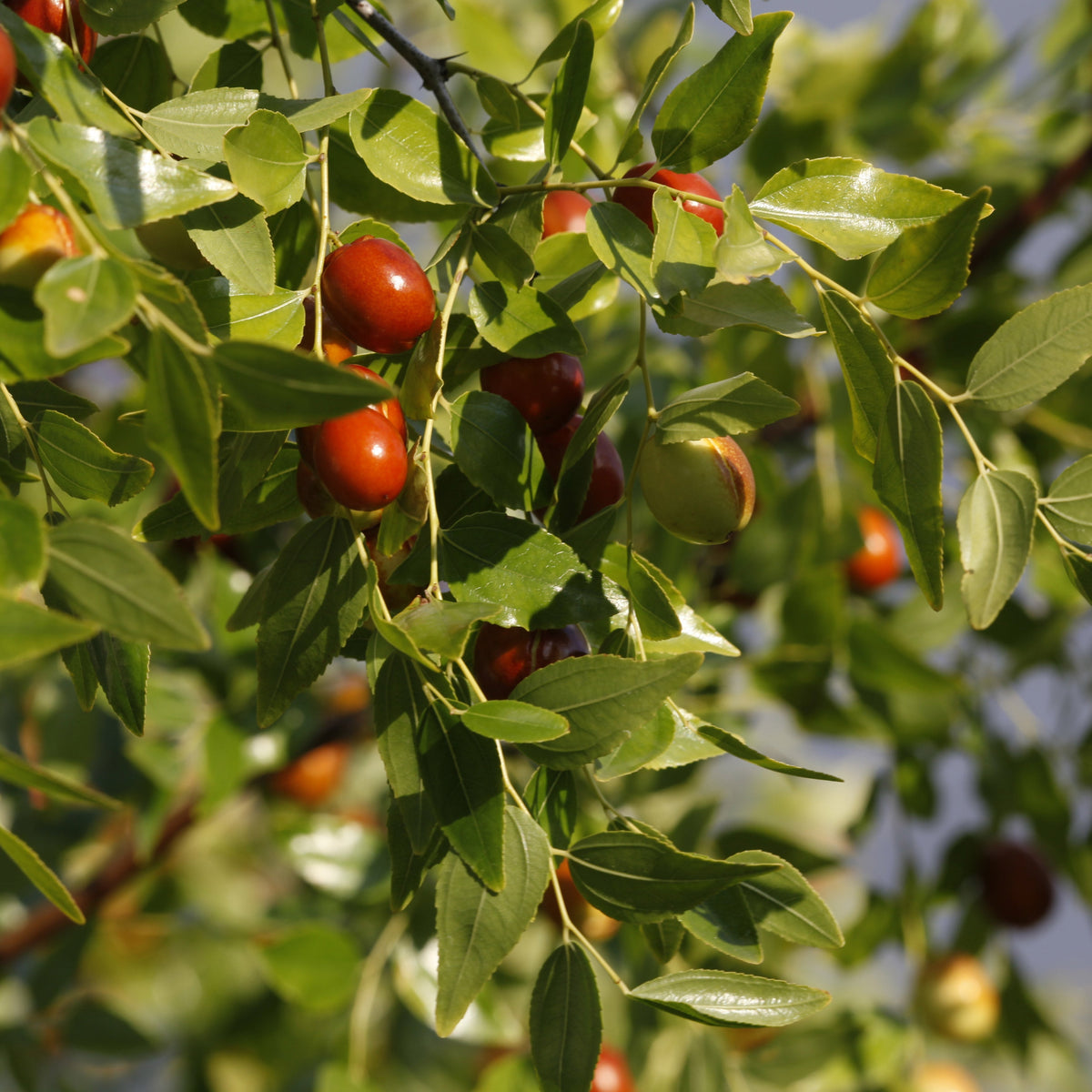
Extracted from the seeds of the shrub of the same name, jojoba oil has a relatively lightweight oil texture (though it is technically a wax) and is rich in a...
Read more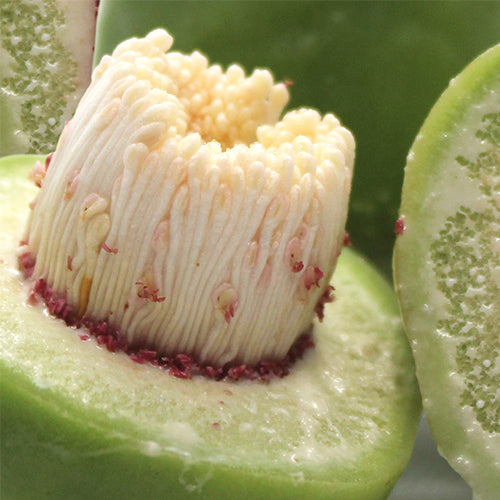
Kakadu plum seed, or Terminalia ferdinandiana, is derived from a plant native to Australia. Rich in antioxidants (such as vitamins C and E) and lutein, kakadu plum seed is used...
Read more
Kale (Brassica oleracea acephala) is a plant most often consumed as an antioxidant-rich food source. Within skincare, kale is used to help defend the skin from environmental aggressors, thanks to...
Read more
Kaolin is a naturally-occurring clay, used within skincare for its oil absorbing properties. Due to its high absorbency, kaolin can be drying on the skin and is often used in...
Read more